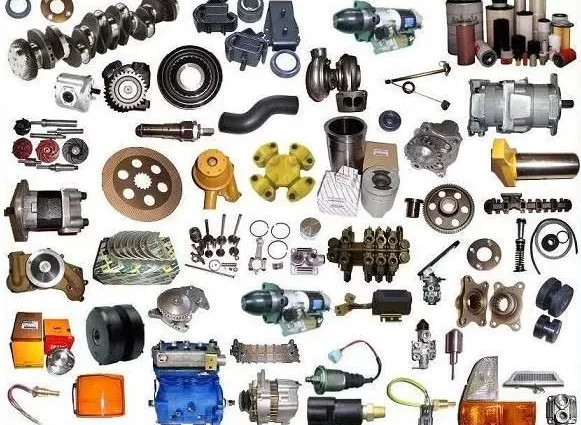An effective car parts business plan is key when seeking funding from private investors or bank loans, helping set realistic goals and maintain organization throughout the process of opening your new business.
Car parts stores specialize in selling automotive aftermarket products such as batteries, air filters, radiators, fenders, lights and lamps, spark plugs and lubricants. A successful business should negotiate with vendors and suppliers to obtain inventory at advantageous rates.
Determine Your Target Market
At the forefront of any car parts business venture lies defining your target market. Doing this will allow you to understand which products customers desire and develop effective marketing strategies. Demographic data such as age, gender, income level, occupation and education levels may help identify target customers; while psychographic data provides more in-depth details regarding attitudes, values and lifestyle preferences of potential audiences.
Step two in starting a car parts business is finding suppliers. New parts may come directly from car manufacturers or distributors; used ones may come from junkyards or salvage auctions; wholesalers could sell automobile parts directly to small vendors that then resell them to car owners directly; to locate suitable suppliers you could either analyze your competition or conduct independent research yourself.
Develop a Product Niche
Automobile parts and accessories are an increasingly popular manufacturing and retail business idea. But setting up the factory and providing machining services requires substantial capital upfront, plus ongoing maintenance expenses can add up quickly.
Establishing your target market and product niche is vital. Doing so allows you to better focus your marketing efforts and sell more auto parts – such as performance components for car enthusiasts or replacement components to those needing replacements.
Establishing your product niche is also vital when developing a website catalog. By including images of your products with detailed descriptions and competitive prices, and offering competitive prices to encourage customers to buy from you. Furthermore, creating comprehensive return, privacy, and shipping policies should build customer trust in you.
Identify Your Vendors and Suppliers
Step two is to locate a supplier of auto parts at prices that allow for profit, whether that be online vendors or marketplaces such as eBay.
Search for suppliers offering both OEM (Original Equipment Manufacturer) and third-party auto parts, in addition to car accessories such as air filters, hoses, lights, batteries and sensors. Be sure to verify fitment data and quality standards from each provider you contact.
Once you’ve secured the appropriate suppliers, start gathering inventory of automobile spare parts to implement your business plan. Spare parts include bumpers, radiators, batteries, plugs, fenders bearings fenders fenders body parts wheels rims headlamps corner lamps tail lamps as well as lubricants that you can either sell directly to customers or wholesale to small vendors who will resell.
Manage Your Inventory
One of the primary challenges associated with selling auto parts is managing and controlling inventory. Parts inventory can quickly become very large, and without proper procedures in place it’s easy to lose track of inventory levels which leads to overselling, backorders, stockouts and lost sales.
Start by conducting an inventory inventory analysis and categorizing it into high, medium and low volume classes. This allows you to devise plans to improve inventory stocks as well as identify an “order point” which will prevent stockouts.
Be sure to secure your parts warehouse to prevent theft. Physical security measures like badge access and equipment that locks doors may help reduce employee theft. Furthermore, having a work order process ensures all parts issuances are documented and tracked.
Utilizing an inventory tracking software solution will also enable you to generate reports that provide invaluable insight into your business. For instance, this allows you to identify which products are selling well so you can invest more in them, or identify those which don’t sell as well and either adjust your marketing strategies accordingly or stop selling those items altogether.











